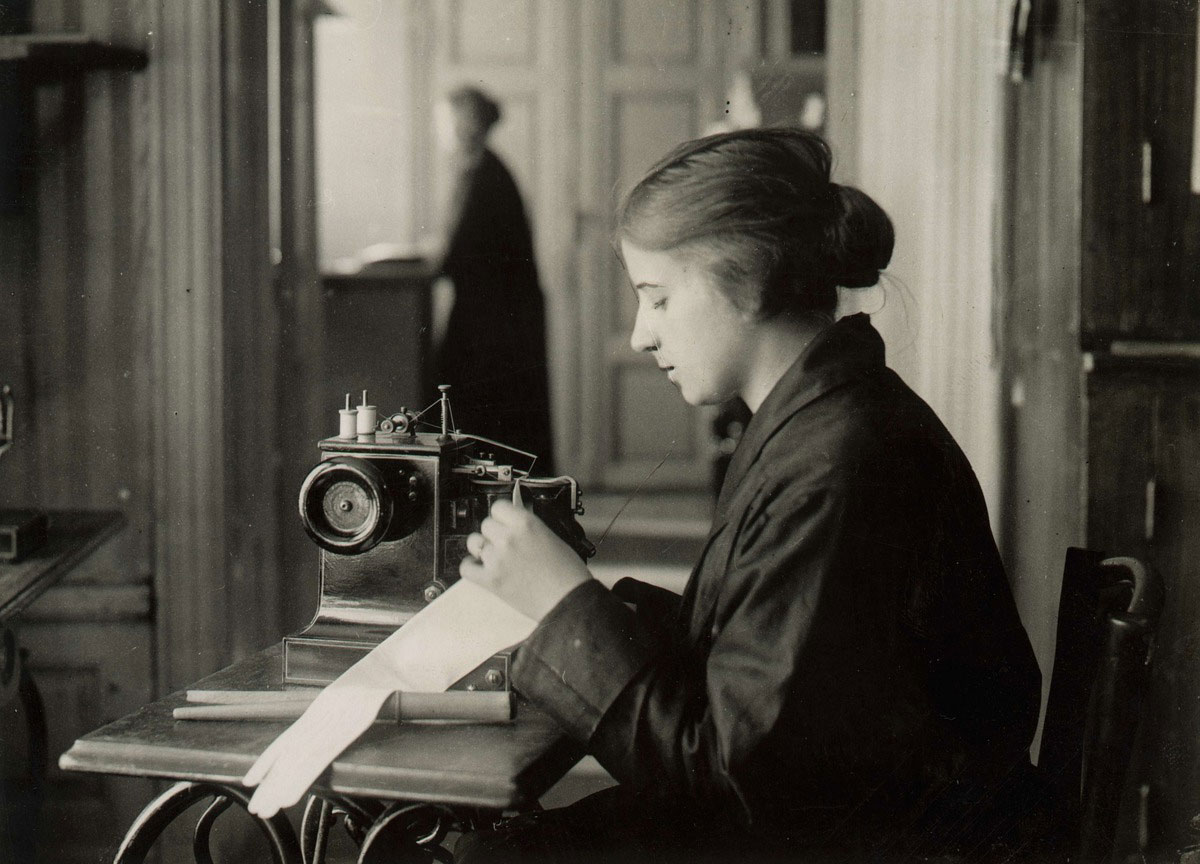- Startpage
- In English
- The Inventory
- Glove making
Glove making
Glove making is the art of making and cutting out gloves in leather. It is important to be able to "read" the skin, which requires experience, to use it in the best possible manner during production.
Location: South of Sweden (Helsingborg och Hestra)
The leather is processed to become soft and easy to use, and then how many gloves can be cut out, and how the templates should best be placed is assessed. After the pieces have been cut out they are fitted over a cardboard template, put into the press, and then punched out using a manually operated punch press. The sewing of the glove is not the role of the glove maker, but is performed by others.
Glove making as a profession came to Sweden from France during the 17th century. From the 18th century there are preserved documents describing a ministry for glove makers in Helsingborg with alderman, masters and apprentices. The French methods formed the basis for the glove making that emerged, mainly in southern Sweden, and many words used in the glove making profession are French words which have been made to sound Swedish.
Glove making mainly grew in southern Sweden. One example is Ernst Andersson's glove factory in Helsingborg, founded in 1906. In the 1930s there were approximately 20 glove makers and 50 home sewing operations there to cover the large scale. During the 1950s the import of cheap gloves from other countries increased and in the 1970s production ceased. Today glove making is a rare craft, in Sweden there are only two active glove makers, linked to a family business. Like most other craft professions glove making has traditionally been passed on from master to apprentice, and extensive experience is necessary to master the craft. Today it is possible to follow an apprenticeship with a focus on glove making through the Yrkeshögskolan (YH). It is possible to find out more about glove making in a museum environment, in Helsingborg for example.

